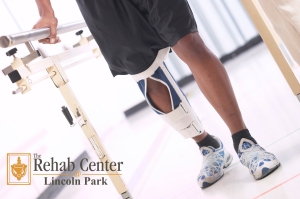The boomers who tend to forget their body’s age while exercising or playing too rigorously, too often, may end up damaging hip and knee joints in particular and have spurred a new term “boomeritus” in the orthopedic industry.
It’s the condition with which many middle- aged patients become afflicted when they’ve over-stressed their aging body parts to the point of requiring drastic treatments. A few of the maladies diagnosed in association with boomeritis include tendinitis, bursitis, and arthritis—all conditions further exacerbated by continued activity if left untreated.
Osteoarthritis, or degenerative joint disease, can be particularly debilitating and often requires replacement surgery. Until now, both knee and hip replacement surgeries used to be primarily associated with the Medicare population.
That’s changing with boomeritis on the rise, according to an article by Dr. Matthew Boes, a Raleigh, N.C., sports medicine specialist. Over the last 10 years he says there was a threefold increase in knee replacements among the 45- to 64-year-old age span.
The rise in replacement surgery among boomers is this: “Knee arthritis can be extremely debilitating and interfere with even the basic activities of daily living. Rather than suffer with knee pain, baby boomers realize that a knee replacement typically relieves pain and facilitates a return to a healthy, active lifestyle.”
Hip replacement procedures have been found to result in significant restoration of function and reduction of pain in over 90 percent of patients.
Lincoln Park Manor’s REHAB CENTER has experienced a significant increase in treating joint replacement patients who come for a short rehab stay after surgery.
If you have questions on the therapy services we can provide after surgery, please contact us.
937-297-4300
Source: Orthopedic Institute of Pennsylvania http://www.oip.com
